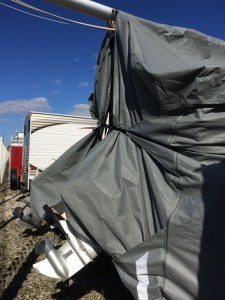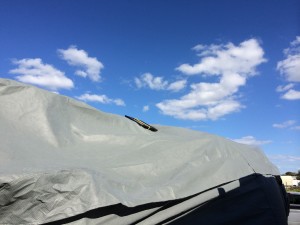We park our boat in a storage lot about five minutes from our house. When I chose the lot the owner did not have any covered spots available, so I chose an exposed spot and ordered a boat cover. Living in Florida means anything that sits outside gets cooked by the sun all day, over 200 days a year. While we try to keep up with waxing the boat, keeping it covered extends the time between waxing. Anyone who has waxed a boat knows that it is a long tedious job that you avoid until absolutely necessary.
When I went to shop for the first cover I realized that, like most marine supplies, boat covers are expensive, specially for a 26 ft. sailboat. Some people use tarps as an alternative, but they tend to wear on the boat finish anywhere they rub. I have learned from looking for other supplies that the RV industry has more reasonable costs, so I looked at RV covers. The first cover I bought was for a 24′-27′ pull-behind box trailer. It worked great, but I made the mistake of not protecting it from the sharp spots on the boat, and it tore through fairly quickly. I patched it the best I could. It had a two-year warranty, and it lasted about that long. The boat is parked east to west, so the south side of the cover started to fail due to sun exposure. The cost difference between a covered storage spot and an exposed spot is $40/month. The first cover cost $250, so I broke even in the first year. The cover also provides better protection from the sun and dust than the covered areas of the lot.
Learning from my mistakes on the first cover, I bought a new cover with a three-year warranty and set it up to last the full three years, possibly longer. First, I sprayed the entire top with 303 Protectant. If you have never used 303, it is amazing stuff and can eliminate almost all UV damage to any plastic material. I plan to reapply it about once a month. Second, I did a better job protecting the cover from the sharp areas of the boat. I covered each stanchion with a 1 1/2″ PVC pipe and cap, and I covered other areas of the mast with a canvas bags.
Since an RV cover is not designed to have a mast poking out both ends, I had to slit both ends. The cover has nice straps attached to allow you to cinch the ends back together. I did this with the last cover, but the cut ends frayed, so this time I used some Heat-n-Bond hem tape to hem/glue the cut sides. If you use this technique beware that you are working with plastic. I turned the iron up a bit too much and my first attempt resulted in a melted spot on the cover and a gooey iron. I found that a temp just between nylon and silk works best and you have to leave the iron over the spot for 15 seconds to allow the tape to adhere to the cover. I also learned early on with the last cover that rain pools in the cover because it is waterproof. Since, I only need the cover for sun protection (I hope my boat is already waterproof!) I went down the center of each side of the top and poked holes every 2 ft with a ball point pen. This worked great on the old cover and never showed any wear around the holes. The RV cover also comes with Velcro straps along each side to hold the cover up when accessing RV doors. We have no doors on the side of the boat, so I cut them all off as I notice they caused wear on the old cover.
The end result turned out great. I marked the ends of the cover Even & Odd as this time I plan to reverse the cover to match even and odd months and avoid uneven sun exposure. I closed the ends with the cover straps and I also use a TEKTON tarp clamps to close the bow end tighter. These little widgets come in handy for lots of attachment uses around our boat. I use a solar trickle charger for our batteries that I attach with a bungee on the top of the mast while the boat is covered. The same solar panel works great while we are sailing.
The new cover is also 24’x27′. It looks like it will easily last over three years and it has great reviews on Amazon.
If you found this post helpful, and you are interested in buying any of the products we use and recommend, then we would be very grateful if you purchase using relevant Amazon link or shop for similar items through our Amazon search on the sidebar. Note: These are affiliate links. If you click on one and then buy something, we get paid a small commission. It all helps to pay for the upkeep of this site, and costs you nothing.
The Sailing Rode / The Sailing Road
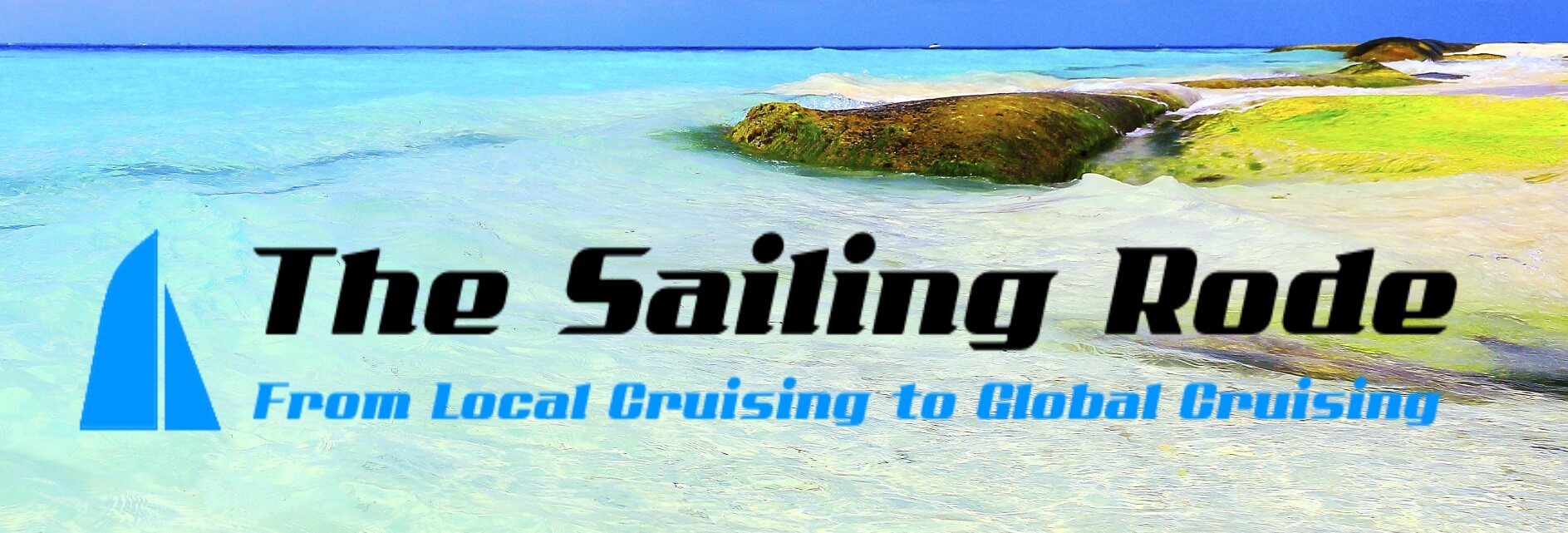
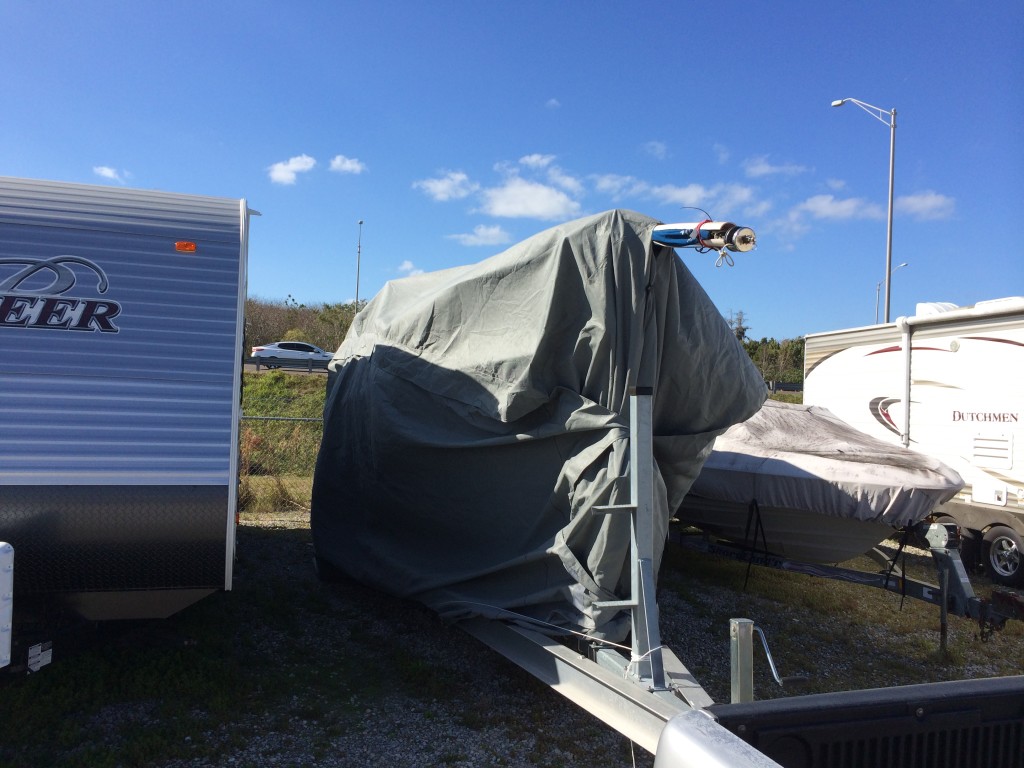
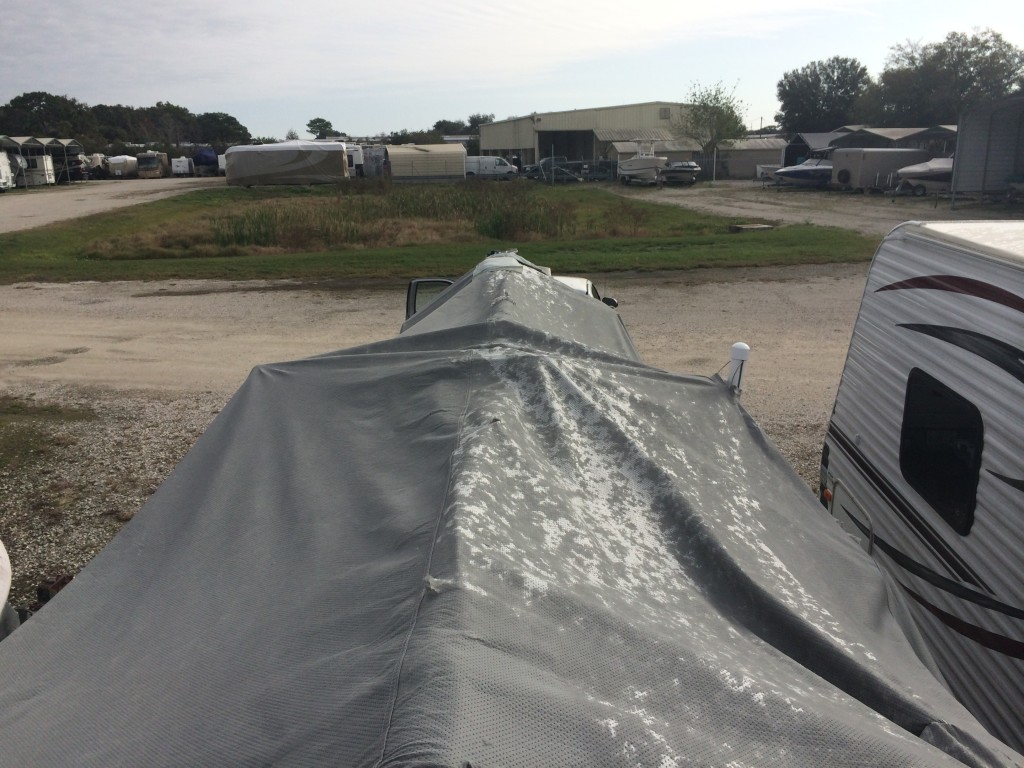
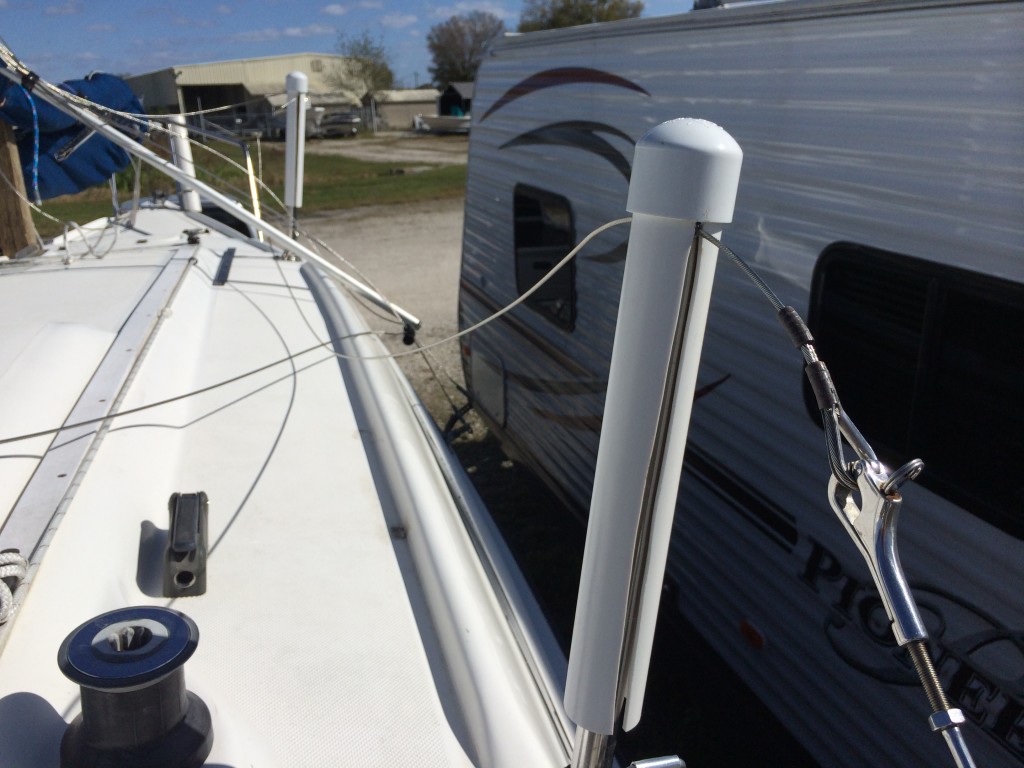
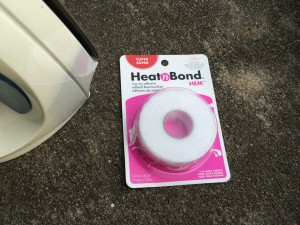
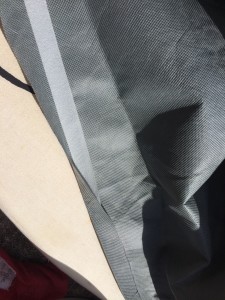
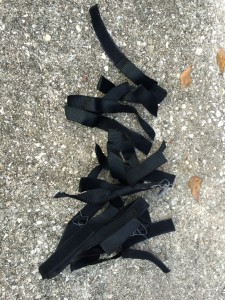
![IMG_2556[1]](http://www.thesailingrode.com/wp-content/uploads/2015/02/IMG_25561-300x225.jpg)
![IMG_2560[1]](http://www.thesailingrode.com/wp-content/uploads/2015/02/IMG_25601-300x225.jpg)
